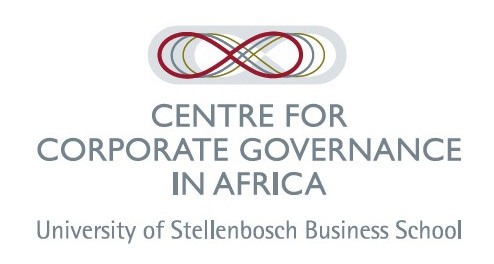The University of Stellenbosch developed a corporate governance rating matrix used on the Johannesburg Stock Exchange.

Anna Yortt is the Research Manager at the University of Stellenbosch’s Centre for Corporate Governance in Africa. Yortt describes how her centre helped develop an environmental, social and corporate governance (ESG) matrix.
Understanding companies’ ESG performance is increasingly important to investors worldwide. In 2008, the Public Investment Corporation(PIC) contracted University of Stellenbosch’s Centre for Corporate Governance in Africa (CCGA) to create a matrix that evaluates the ESG performance of publicly-traded companies.
The PIC is the single largest investor on the Johannesburg Stock Exchange (JSE). It invests money on behalf of public sector entities in South Africa and currently manages approximately $135 billion in assets. The PIC now uses the Corporate Governance Rating Matrix to evaluate the top 100 companies on the JSE. Based on evaluation results, PIC engages with companies and guides improvements to corporate transparency and sustainability.
Developing the Matrix
To develop the matrix, CCGA assembled a team of corporate governance experts from organizations including the PIC, private industry, University of Stellenbosch and other universities. The team drew on a variety of best practices, including the UN Principles for Responsible Investment, the UN Global Compact, the Global Reporting Initiative, the PIC’s Governance Principles, the South African government’s Employee Pension Fund Responsible Investment Policy and King III (a report by PricewaterhouseCoopers, describing recommendations for corporate ESG).
The matrix uses only publicly available information. It evaluates companies on:
-
Their level of disclosure. This approach encourages companies to share more information, increasing transparency.
-
Their performance, with a focus on the long term. Companies are evaluated in many areas, including their boards, individual directors, executive management, remuneration, shareholder treatment, auditing and accounting practices, reporting, corporate behavior, environmental behaviour, health and safety and corporate culture.
Benefits of this Approach to Engaging Companies
Yortt describes the benefits of collaborating with major stakeholders and using a rating matrix to engage companies:
The scale of corporate impact achieved by the matrix is greater as a result of partnering with the PIC, the largest investor on the JSE, than if CCGA had worked independently. The matrix has helped the PIC engage with companies and increase corporate awareness of ESG issues. CCGA is currently developing a database to track ESG improvements occurring as a result of the matrix.
Advice for Creating a Similar Matrix
Yortt offers advice for centres considering a similar activity:
-
Measure performance, not just disclosure: Many corporate governance matrices focus only on information disclosure and don’t rate performance. The PIC uses the matrix to evaluate performance as well, positioning it to support company improvement in challenge areas.
-
Avoid ranking companies using a check-box approach: Focusing solely on compliance can oversimplify the complexities of corporate performance. This matrix ranks companies according to softer measures of transparency, honesty and accountability, in addition to compliance. Assessing performance using softer measures does introduce some subjectivity. To reduce subjectivity:
-
Create a guidance document to clarify what good performance looks like for each criterion.
-
Develop a system to convert qualitative performance observations to quantitative measurements.
More Information
Learn more about the PIC Corporate Governance Rating Matrix or contact Anna Yortt for more information.



Add a Comment
This site uses User Verification plugin to reduce spam. See how your comment data is processed.This site uses User Verification plugin to reduce spam. See how your comment data is processed.